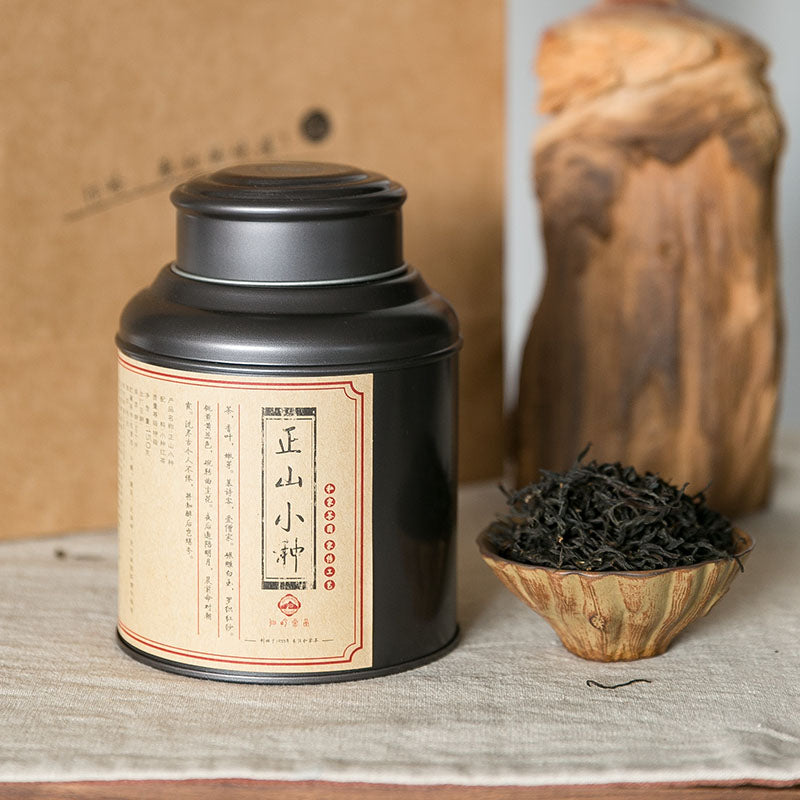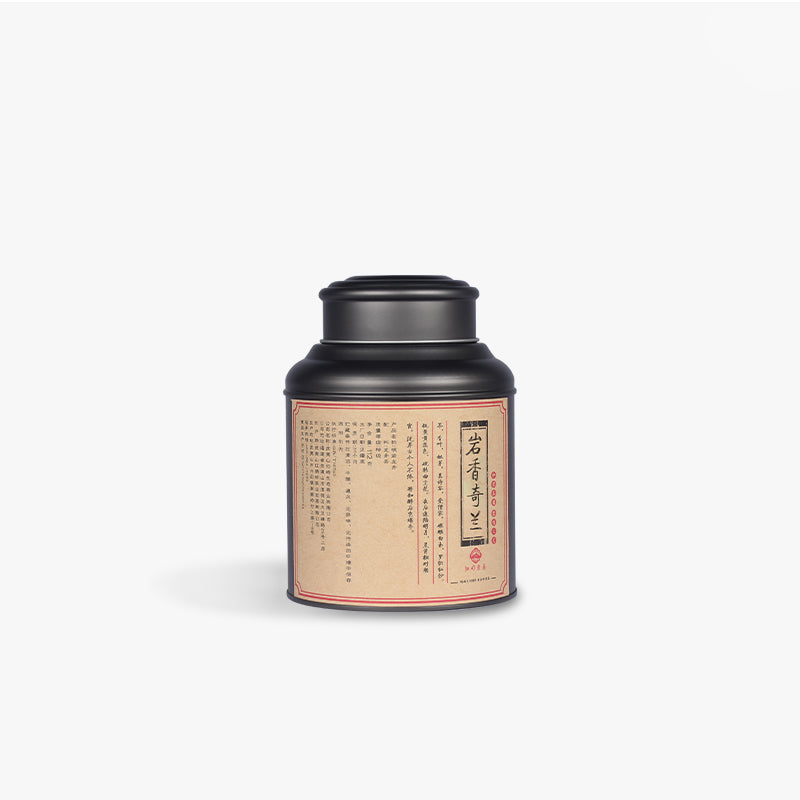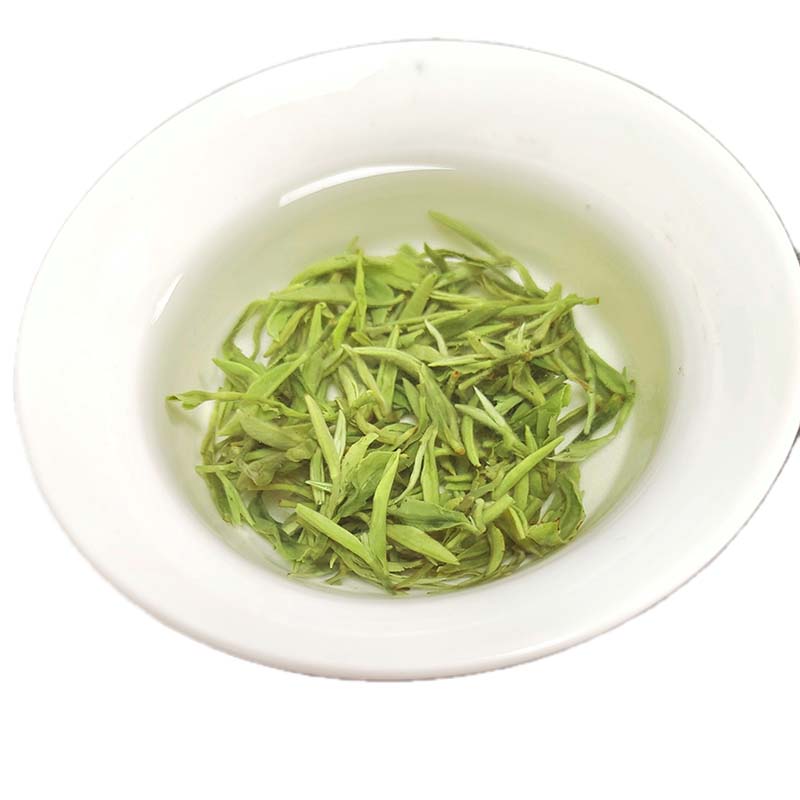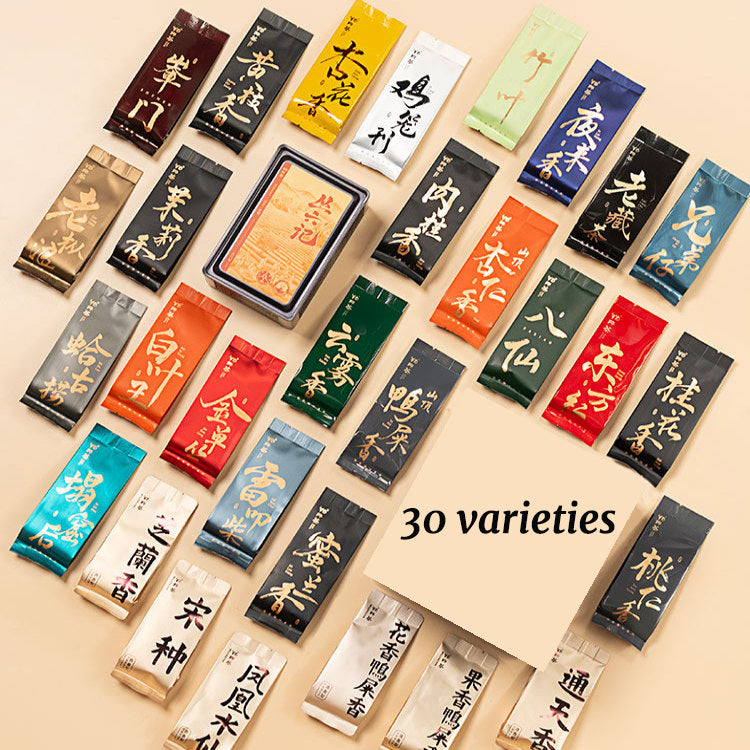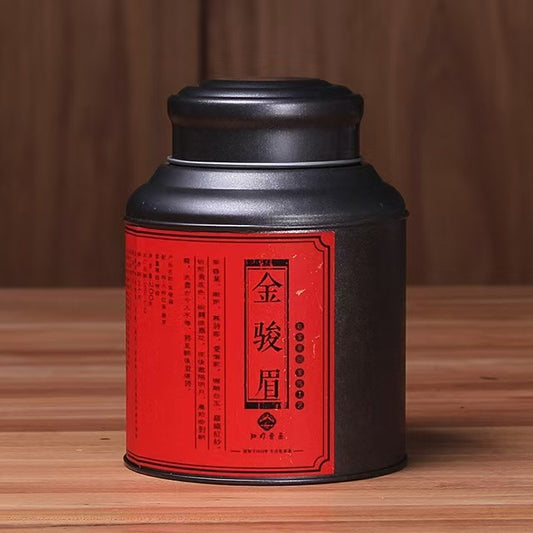Black Tea vs White Tea An Elegant Exploration
Black Tea vs White Tea An Elegant Exploration
As you stand in the tea aisle or browse an online shop, you may find yourself pausing between two seemingly different worlds: black tea and white tea. At first glance, they couldn't be more distinct. Black tea, with its robust, dark, and malty temperament, seems to stand in stark contrast to the delicate, ethereal nature of white tea. But beyond the differences in flavor and appearance lies a story woven through history and craftsmanship, connecting these two types of tea more closely than you might assume.
One of the most fascinating aspects of both types is their origin. Both black and white teas hail from the same plant, Camellia sinensis. It's the variations in processing, not the plant itself, that craft these two distinct teas. Black tea undergoes a full oxidation process, which is precisely where it gains its deep, rich color and bold flavor profile. In contrast, white tea is minimally processed, often simply withered and dried, allowing it to retain a lighter flavor and a more natural appearance.
This divergence in processing also influences where each tea is predominantly produced. Black tea finds its roots stretching deep into regions like Assam and Darjeeling in India and various provinces in China, such as Yunnan. Meanwhile, white tea is mostly associated with China's Fujian province, where the tradition of picking the young, tender buds covered in fine white hairs has been perfected over centuries.
In the context of brewing, each tea invites you to a unique ritual. For black tea, boiling water is typically the preferred choice, drawing out its full-bodied essence that pairs beautifully with milk and sugar if you wish. White tea, on the other hand, requires a gentler hand. Water heated to about 160-185°F (70-85°C) preserves its subtle flavors and aromatic nuances, offering a brew that asks you to slow down and savor its quiet complexity.
Ultimately, choosing between black and white tea may depend on the journey you wish to take. Are you in the mood for a robust, invigorating cup that awakens the senses, or do you seek the tranquility offered by a softer, more nuanced brew? Each type reveals a different facet of the tea drinking experience, encouraging you to explore their stories and flavors with an open mind.
Indeed, whether you find solace in the bold embrace of a classic Assam or the gentle whisper of silver needle white tea, both promise a taste of timeless tea culture that connects us to the past while enriching our present. As you sip and enjoy whichever you choose, remember that each cup is more than a beverage—it's a small window into a vast world waiting to be explored.

